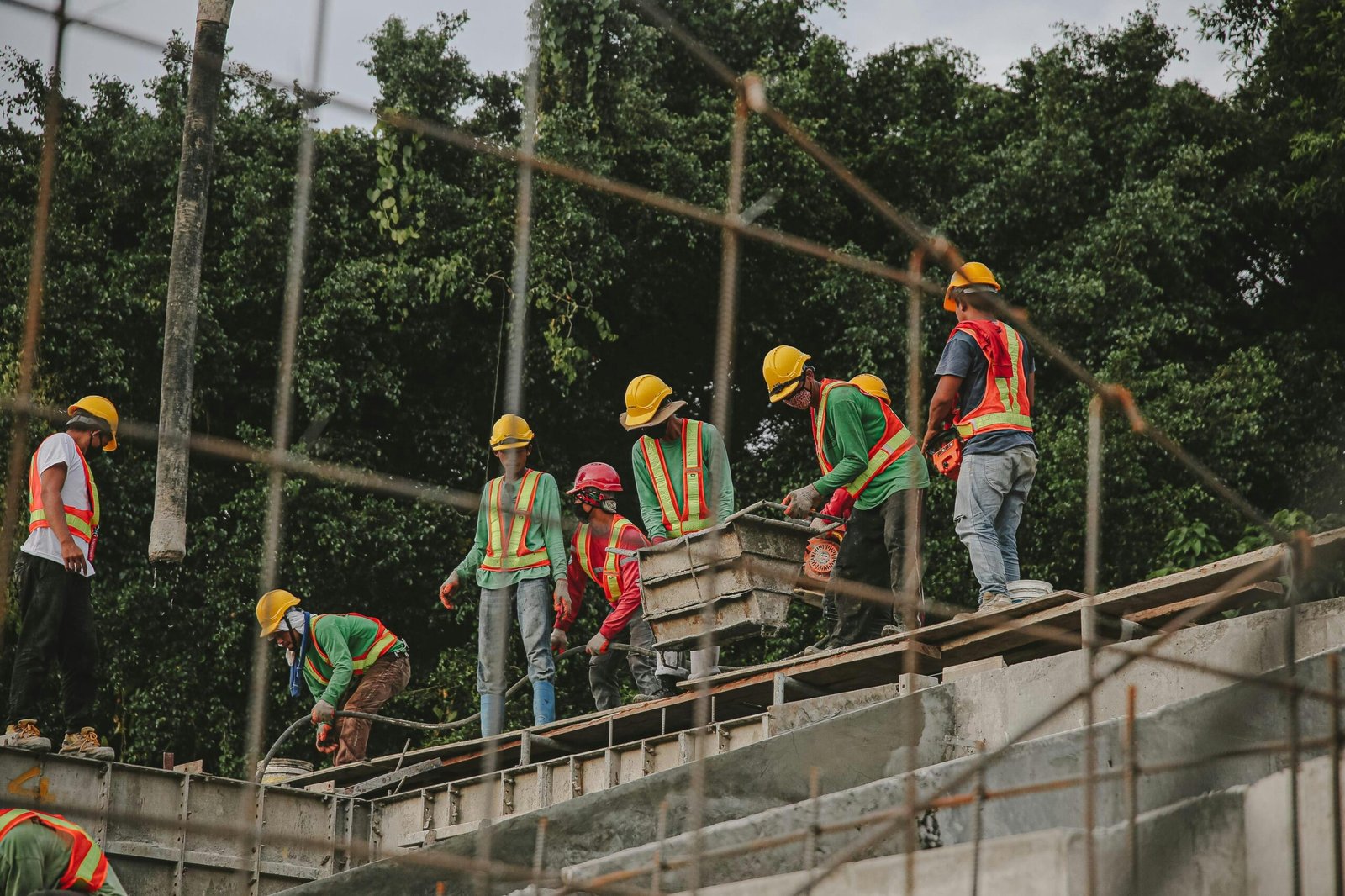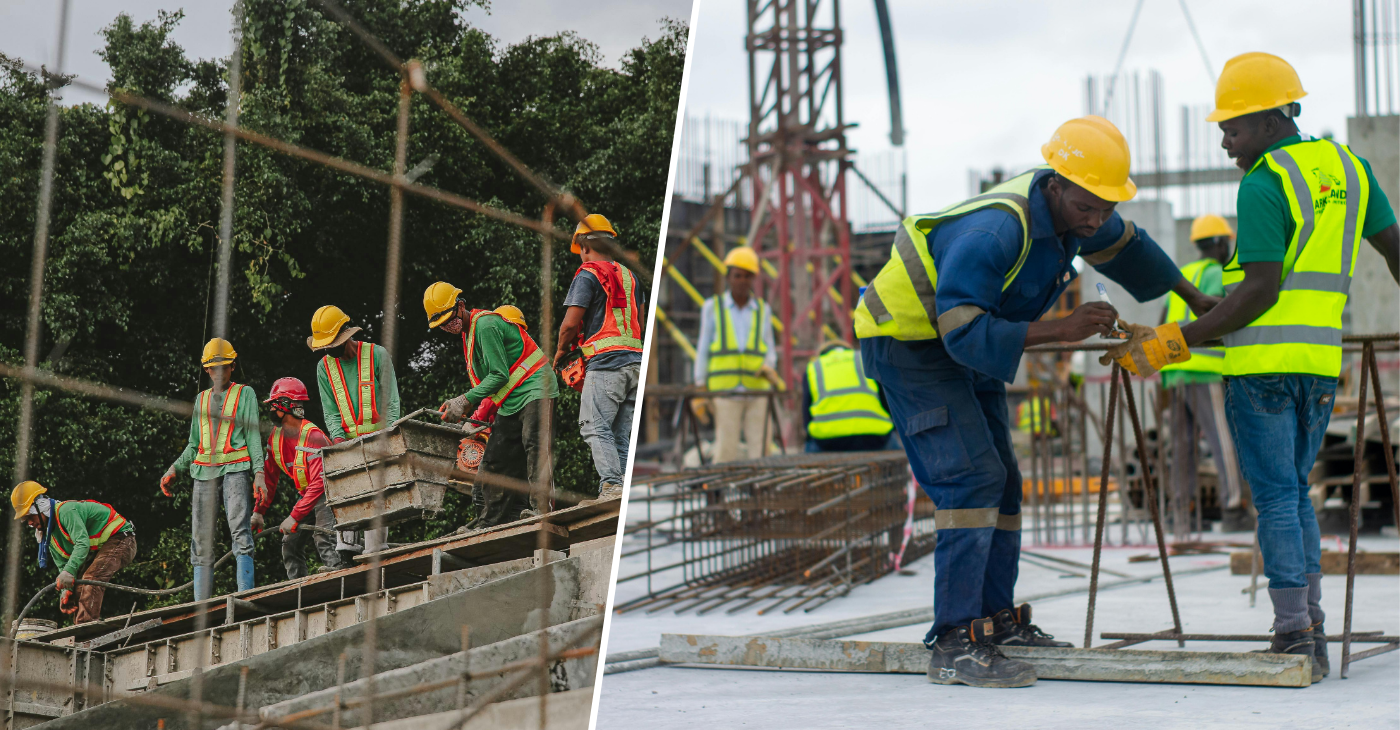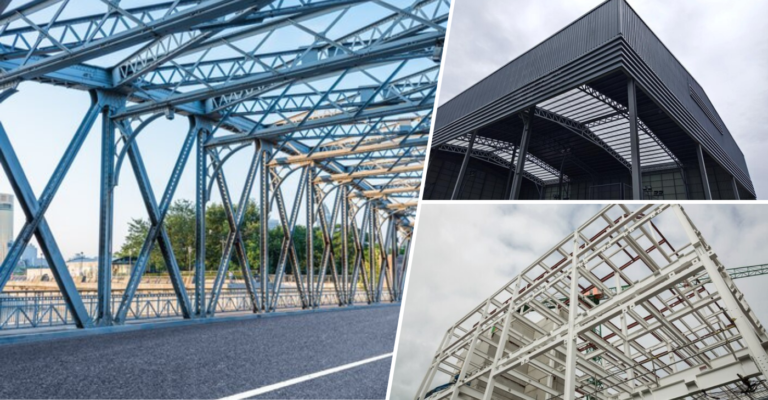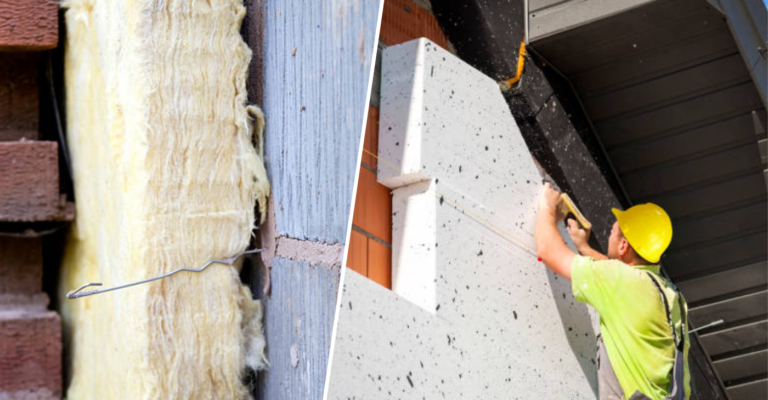How to ensure safety at construction site?
Ensuring safety at a construction site safeguards the workers and ensures that work on the construction project is uninterrupted. Being its nature, work on a construction site has inherent risks, from the use of heavy machinery to working at very high elevations; comprehensive safety precautions need to be put in place to largely bring down the likelihood of accidents and injuries. In this regard, the observation of guidelines and industry set standards of safety leads to a safety culture among all team members.
In this guide, we will explore practical strategies and best practices to enhance construction site safety. A safe construction site is achieved through meticulous planning, proper training, and the use of appropriate safety gear and equipment. Construction managers can make this possible by understanding the common hazards and managing the strategies to handle risks. This will be a guide to outline key strategies and best practices in ensuring safety at a construction site in order to protect your team and remain on course with your project.
Conducting site assessments and hazard identification
Establishing safety within a construction site must be based on a thorough and continual system of assessing the site and identifying hazards. This is the baseline for detecting potential risks before they become actual threats to the safety of workers. The following is how an effective assessment is conducted:
Pre-construction site assessment
The initial assessment occurs way before any construction work begins. This consists of a full inspection of the site to identify the hazards that are available. Such comprises rough grounds, falling structures, or potential electricity. The site should be accessible in cases of emergencies. Exits and escape routes should be identified, and nothing should be placed in front of the exit or along the escape routes.
Routine inspections
After construction work commences, routine inspections should be done. These inspections shall be systematic, documented, and be for newly arising hazards from the development of the project. A checklist shall be used to ensure these inspections are consistent and thorough. Supervisors, safety officers, and workers should participate in these inspections to get a broad perspective of potential risks.
Hazard identification
Hazards are to be identified from a perspective beyond the obvious. Look out for hazards such as bad weather that may result in dangerous working conditions—for example, raining surfaces being slippery or strong winds making work on scaffolding unsafe. Observe how the various materials and equipment are positioned or stored; they should be correctly stored and in good condition.
Having identified potential hazards, do a risk assessment: how likely is it that each hazard might cause harm and to what extent? Consider, for instance, how the various identified hazards could possibly impact workers, visitors, or even passersby. Use this information to prioritize those hazards that need immediate action and those that can be monitored over time.
Implement control measures
After the hazards have been identified and assessed, take measures that control them and mitigate risks. The control measures may involve installing guardrails, securing loose materials, and provision of warning signs. Ensure that the control measures are commensurate with the level of risk and are applied throughout the whole duration of the project.
Monitoring and feedback
This is not a one-off effort but a continuous process. The effectiveness of the control measures has to be monitored on a regular basis, with changes brought in wherever needed. Workers should be encouraged to report new hazards and near-misses, thus developing a culture of addressing safety concerns without any delay. Workers are better placed to also give information on any developing hazardous situation that may not be realized during inspection and the appropriate recommendations can also be made.
Documentation
Have detailed records regarding all the assessments about the site, identifications of hazards, and undertaken risk assessments. Good documentation maintains accountability and provides a reference for future assessment. Communicate findings and safety measures clearly to all workers. Use visual aids like posters and diagrams to help make plain what important safety information is, so everyone knows the risks and precautions.

Implementing personal protective equipment (PPE)
After assessing the site and identifying hazards, implementing Personal Protective Equipment (PPE) is crucial to ensuring worker safety.
How to implement PPE on site?
Follow these steps to effectively implement PPE at the construction site:
Select appropriate PPE
Choose PPE based on hazards identified during assessments. Examples include helmets, gloves, safety glasses, high-visibility clothing, ear protection, and steel-toed boots, each serving specific protective purposes.
Ensure proper fit and comfort
PPE must fit well and be comfortable to wear. Poorly fitting equipment can cause discomfort or fatigue, reducing its effectiveness. Consider adjustable options to accommodate different body shapes and sizes.
Train workers on PPE usage
Proper usage is critical. Train workers on how to wear, adjust, and maintain PPE correctly. Emphasize the importance of PPE in protecting against identified hazards, and conduct hands-on demonstrations for effective learning.
Regular inspections and maintenance
Inspect PPE regularly to ensure it remains in good condition. Establish a schedule for workers to inspect their PPE for signs of wear or damage, such as cracks in helmets or tears in gloves. Replace damaged PPE promptly to maintain safety standards.
Ensure compliance
Enforce consistent PPE use through regular checks and monitoring. Lead by example and implement disciplinary measures for non-compliance, reinforcing the importance of safety across the site.
Listen to worker input
Address worker concerns regarding PPE comfort or restrictions. Involving workers in decisions about PPE can improve compliance and overall safety culture.
Creating emergency response plans – Safety at construction site
Creating a well-defined emergency response plan is crucial to safeguarding the welfare of personnel on construction sites. Follow these structured steps to develop an effective plan:
Risk assessment and hazard identification
Initiate the process with a thorough assessment of potential risks specific to the construction site. Identify potential emergencies such as fires, chemical spills, collapses, and medical incidents. Evaluate site-specific factors including layout, ongoing activities, presence of hazardous materials, and environmental influences. Collaboration with project managers, safety officers, and relevant authorities provides valuable insights into identifying and prioritizing risks.
Establishing response procedures
Define clear procedures and protocols to guide responses during emergencies. Establish a chain of command outlining roles and responsibilities for key personnel. Maintain an updated list of emergency contacts including local emergency services, medical facilities, and utility providers. Develop and communicate evacuation plans with clearly marked routes and assembly points accessible from all areas of the site. Include detailed protocols for medical response, fire safety measures, and the use of emergency equipment tailored to site-specific conditions.
Training and drills
Ensure all personnel are adequately trained through comprehensive programs and regular drills. Educate them on emergency procedures, emphasizing the recognition of alarms, safe evacuation practices, and the proper use of emergency equipment. Conduct scheduled drills to familiarize personnel with their roles and responsibilities during various emergency scenarios. Evaluate drill outcomes to identify areas for improvement in procedures, communication effectiveness, and response time optimization.
Equipment and resources
Maintain readiness and accessibility of essential emergency equipment and resources. Stock emergency kits with first aid supplies, rescue equipment, and personal protective gear (PPE). Establish reliable communication systems such as two-way radios or mobile phones to facilitate prompt communication during emergencies. Plan for backup power sources or generators to sustain critical operations, lighting, and communication systems during power outages.
Coordination with authorities
Establish collaborative relationships with local emergency services and regulatory agencies. Ensure compliance with local regulations and guidelines for emergency preparedness and response planning. Coordinate protocols and procedures with fire departments, medical responders, law enforcement agencies, and other relevant entities to ensure a cohesive and efficient emergency response.
Review and revision
Regularly review and update the emergency response plan to maintain its effectiveness. Conduct scheduled reviews to incorporate lessons learned from drills, incidents, or changes in site conditions. Continuously improve procedures to address emerging risks, technological advancements, or updates in regulatory requirements affecting emergency response strategies.

Promoting a safety-first culture
Promoting a safety-first culture is vital for ensuring worker well-being and productivity on construction sites. It goes beyond rules, embedding safety as a core organizational value.
Leadership commitment – Leaders must lead by example, prioritizing safety in their actions and decisions. This demonstrates that safety is integral to every aspect of the construction project.
Clear communication – Effective communication ensures all workers understand safety expectations and procedures. Regular meetings and briefings provide opportunities to discuss safety issues and reinforce best practices.
Employee involvement – Engaging employees empowers them to take ownership of safety. Encourage participation in safety initiatives and decision-making processes to foster a safer work environment.
Training and education – Continuous safety training for new and existing employees is essential. It should cover job-specific hazards and emphasize the importance of safety in all tasks.
Recognition and rewards – Acknowledging safe behavior reinforces the importance of a safety-first culture. Recognize individuals and teams for contributing to a safe work environment.
Continuous improvement – Regularly evaluate safety performance, conduct audits, and seek feedback to identify and address areas for improvement based on incidents and near misses.
Safety as a core value – Integrate safety into the organization’s core values. Emphasize that safety guides every decision and action, fostering a culture where safety is second nature to all employees.
OSHA guidelines – Implementing OSHA guidelines is crucial for maintaining safety at construction sites, as these regulations help minimize hazards and protect workers’ health and well-being.
Conclusion
Ensuring safety at a construction site is crucial for protecting workers and maintaining project continuity. Given the inherent risks of construction work, comprehensive safety measures are essential. By adhering to industry standards, construction teams foster a safety-first culture that prioritizes everyone’s well-being. This guide outlines key strategies such as site assessments, hazard controls, safety training, and emergency plans to create a safer work environment. Adhering to industry standards and encouraging worker involvement are essential components of a successful safety program.







